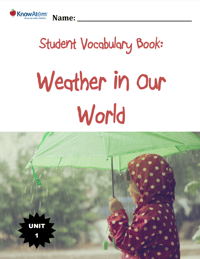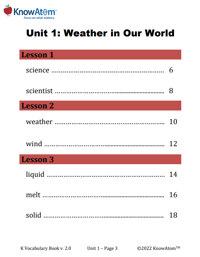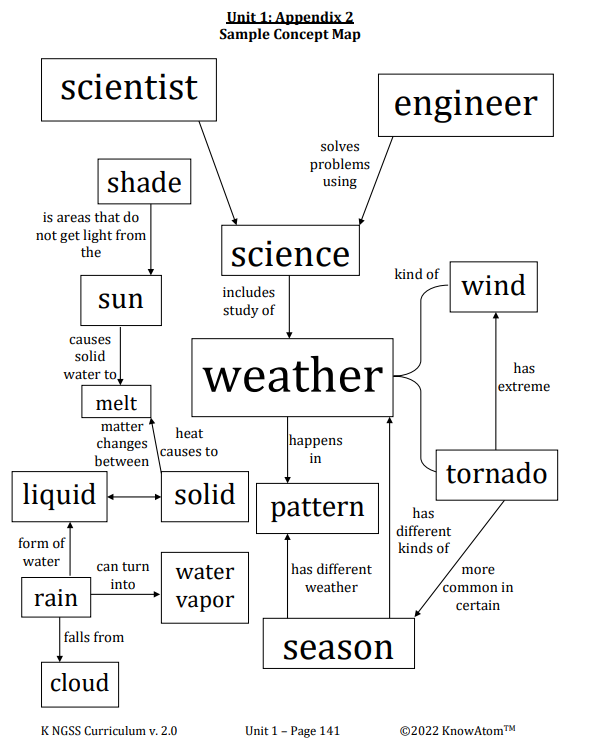In this lesson students investigate how weather forecasters predict extreme weather, and then model water vortexes in bottles to demonstrate how tornadoes form. Students learn about what weather forecasters do and how they work through some texts that provide ample visuals of this topic. After exploring and discussing extreme weather, students build a model of a vortex using an empty bottle to explore tornadoes as one example of extreme weather.







